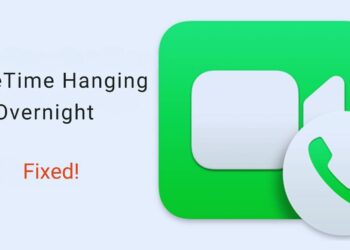Losing track of your iPhone can send anyone into panic mode, especially when you see that dreaded “location expired iPhone” message pop up on your Find My app.
This notification means your device’s last known whereabouts are no longer current, leaving you wondering where your phone is right now.
But don’t worry, this situation isn’t as hopeless as it might seem. While seeing “location expired iPhone” can be frustrating, there are several practical steps you can take to track down your missing device.
From checking your iCloud history to using alternative methods, we’ll walk you through exactly what this message means and, more importantly, what you can do about it.
Ready to get your iPhone back? Let’s explore your options and get you reconnected with your device.
What Causes a Location to Expire on iPhone
Understanding why your iPhone’s location expires can help you respond more effectively when it happens.
Several factors can trigger this frustrating message, and knowing the root cause makes troubleshooting much easier.
1. The phone is Offline or Switched Off
When your iPhone is powered down or in airplane mode, it can’t communicate with Apple’s servers to update its location.
The Find My app will continue showing the last known position until the device comes back online, but this information becomes stale over time.
If your phone stays offline for an extended period, the system marks the location as expired since it can no longer verify the device’s current position.
2. Battery Depletion
A completely drained battery essentially turns your iPhone into an unreachable device. Once the battery dies, your phone stops transmitting location data entirely.
Apple’s Find My service will hold onto the last recorded location for a while, but eventually marks it as expired when too much time passes without any updates.
This is why enabling the “Send Last Location” feature in your settings can be so valuable, it automatically shares your phone’s position when the battery is critically low.
3. Disabled Location Services or Find My iPhone
If Location Services or the Find My iPhone feature gets turned off, your device stops sharing its whereabouts with Apple’s tracking system.
This can happen accidentally through settings changes or if someone deliberately disables these features.
Without active location sharing, the system has no fresh data to work with, leading to an expired location status.
4. No Internet Connection or Signal
Your iPhone needs either cellular data or Wi-Fi connectivity to report its location to Apple’s servers.
In areas with poor cellular coverage or without available Wi-Fi networks, your device becomes isolated from the tracking system.
Extended periods without internet connectivity prevent location updates, eventually causing the displayed position to expire as the data becomes increasingly unreliable.
Immediate Steps You Should Take
When you see that your iPhone’s location has expired, time is critical. Taking these immediate actions can help you track down your device before the trail goes completely cold.
1. Check iCloud for Last Known Location
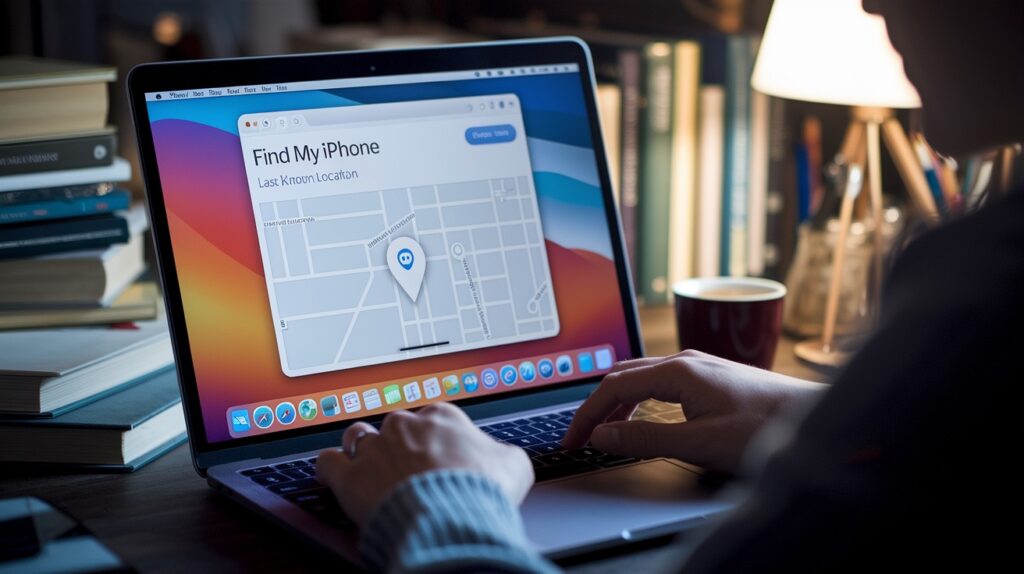
Log in to iCloud.com from any web browser and access the Find My iPhone feature to view your device’s last recorded position.
This web-based approach often provides the same location data as the mobile app, but can sometimes show additional details or refresh differently.
2. Use Find My App from Another Device
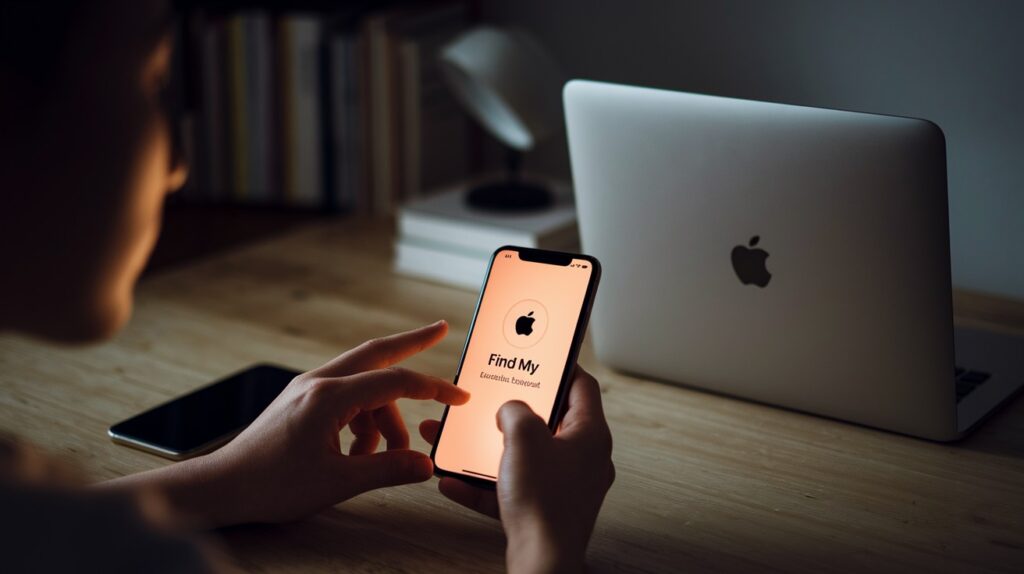
Open the Find My app on another Apple device, like an iPad, Mac, or borrow someone else’s iPhone to check for updated location information.
Sometimes the app on different devices can pull more recent data or provide a clearer view of your phone’s last known whereabouts.
3. Send a Sound or Message to the iPhone
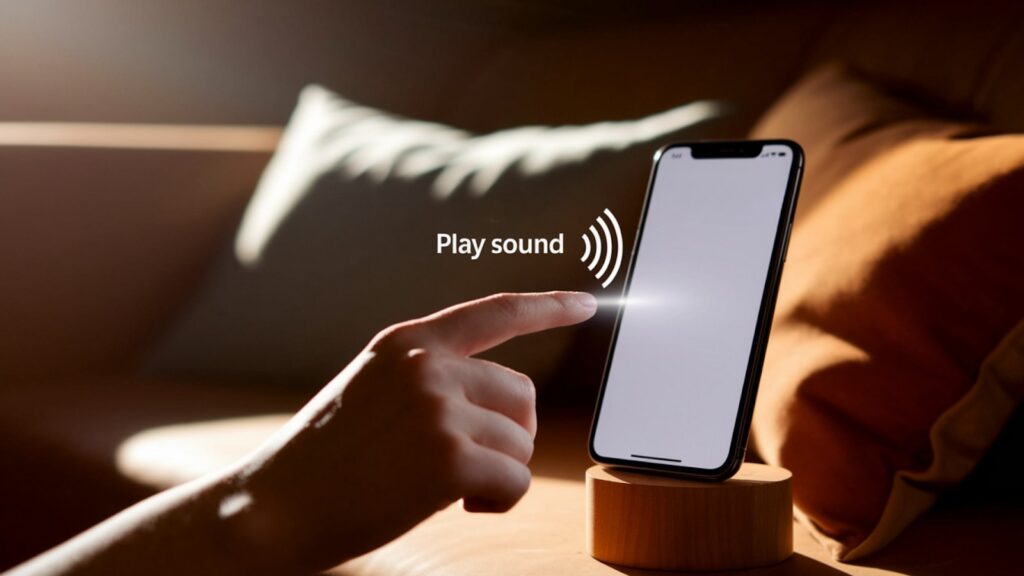
Use the “Play Sound” feature in Find My to make your iPhone emit a loud beeping noise, even if it’s in silent mode.
You can also send a custom message that will display on the lock screen, which is helpful if someone else finds your device.
4. Enable Lost Mode (If Not Already)
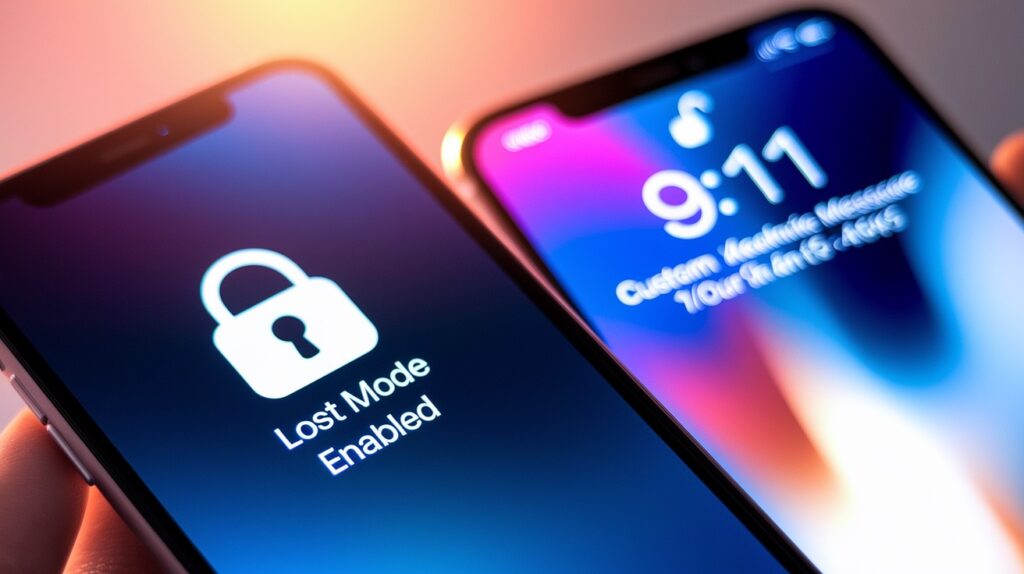
Activate Lost Mode immediately to lock your iPhone remotely and display your contact information on the screen for anyone who finds it.
This feature also continues tracking location updates and will notify you automatically when your device reconnects to the internet.
Using Third-Party Solutions Wisely
When Apple’s built-in Find My service falls short, you might consider third-party tracking solutions. However, these alternatives come with their own set of advantages and risks that you should carefully evaluate.
1. Pros and Cons of External Tracking Tools
|
Pros |
Cons |
|
May work with different cellular networks or GPS systems |
Often requires prior installation before the device goes missing |
|
Some offer more detailed location history tracking |
Can drain battery faster than native Apple services |
|
Might provide additional features like photo capture |
May compromise device security and personal data |
|
It could work when Find My is disabled or malfunctioning |
Often require monthly subscription fees |
|
Some integrate with family tracking across different platforms |
Accuracy can be inconsistent compared to Apple’s system |
|
May offer real-time monitoring capabilities |
Can conflict with existing Apple security features |
2. Safety and Privacy Concerns
- Data collection risks – Third-party apps often collect extensive personal information beyond just location data, including contacts, photos, and usage patterns
- Unclear data storage practices – Many external tracking services store your location history on servers with varying security standards and data protection policies
- Potential for misuse – Installing tracking software could enable unauthorized monitoring by others who gain access to your accounts or devices
- Security vulnerabilities – External tracking apps may create new entry points for hackers or malicious software to access your iPhone
- Legal implications – Some tracking tools may violate privacy laws or terms of service agreements, especially when used without proper consent
3. When It’s Time to Contact Apple Support
Reach out to Apple Support when you’ve exhausted all self-service options and your device remains missing for more than 24-48 hours.
They can provide additional technical assistance, verify your account security, and guide you through advanced recovery procedures that aren’t available through standard user interfaces.
Contact Apple immediately if you suspect your device was stolen rather than simply lost, as they can flag your device in their system and provide documentation needed for insurance claims or police reports.
Differences Between “Location Not Available” vs “Location Expired”
These two messages often confuse iPhone users, but they indicate very different situations.
Understanding the distinction helps you choose the right troubleshooting approach and set appropriate expectations for recovery.
|
Aspect |
Location Not Available |
Location Expired |
|
What it means |
No location data has ever been received, or the current attempt failed |
Previous location data exists but is now outdated |
|
Timing |
An immediate message is sent when the location cannot be determined |
Appears after location data becomes stale over time |
|
Device status |
The device may be completely offline, reset, or never connected |
The device was online before, but it lost connection |
|
Data availability |
No location history to reference |
The last known location is still visible, but marked as old |
|
Troubleshooting focus |
Check device power, settings, and basic connectivity |
Focus on reconnection and waiting for the device to come back online |
|
Recovery likelihood |
May require physical device access to resolve |
Often resolves automatically when the device reconnects |
|
Common causes |
New device setup, factory reset, disabled Find My |
Dead battery, poor signal, temporary offline status |
|
Next steps |
Verify that Find My is enabled and the device is properly configured |
Wait for reconnection or try alternative contact methods |
|
Urgency level |
Requires immediate attention to enable tracking |
Less urgent – device location history provides a starting point |
Understanding these differences helps you avoid wasting time on ineffective solutions and focus your efforts on the most appropriate recovery strategy for your specific situation.
Conclusion
Dealing with a “location expired iPhone” message can feel overwhelming, but now you have a clear roadmap to follow.
Remember, this situation is more common than you might think, and most people successfully recover their devices by following the systematic approach we’ve outlined.
Start with the immediate steps, checking iCloud, using Find My from another device, and enabling Lost Mode. These basic actions solve the majority of cases.
If those don’t work, be patient and try the troubleshooting options while staying cautious about third-party solutions.
The key is understanding what caused your location to expire in the first place, which helps you take the right action. Most importantly, don’t panic.
Your iPhone likely just needs to reconnect to the internet, and you’ll see its updated location soon enough.
Frequently Asked Questions
How long does iPhone location data stay before expiring?
Location data typically expires after 24 hours of no connectivity, but this can vary based on device settings and circumstances.
Can I still track my iPhone if location services are disabled?
No, if Location Services or Find My are disabled, your iPhone cannot share its location with Apple’s tracking system.
Will my iPhone update its location automatically when it reconnects?
Yes, once your device reconnects to the internet or cellular service, it should automatically update its location in Find My.
Does “location expired” mean my iPhone is stolen?
Not necessarily. It usually indicates connectivity issues like a dead battery, poor signal, or the device being powered off temporarily.
Can I prevent location from expiring on my iPhone?
Enable “Send Last Location” in settings, keep Location Services active, and maintain good battery levels to minimize expiration issues.







